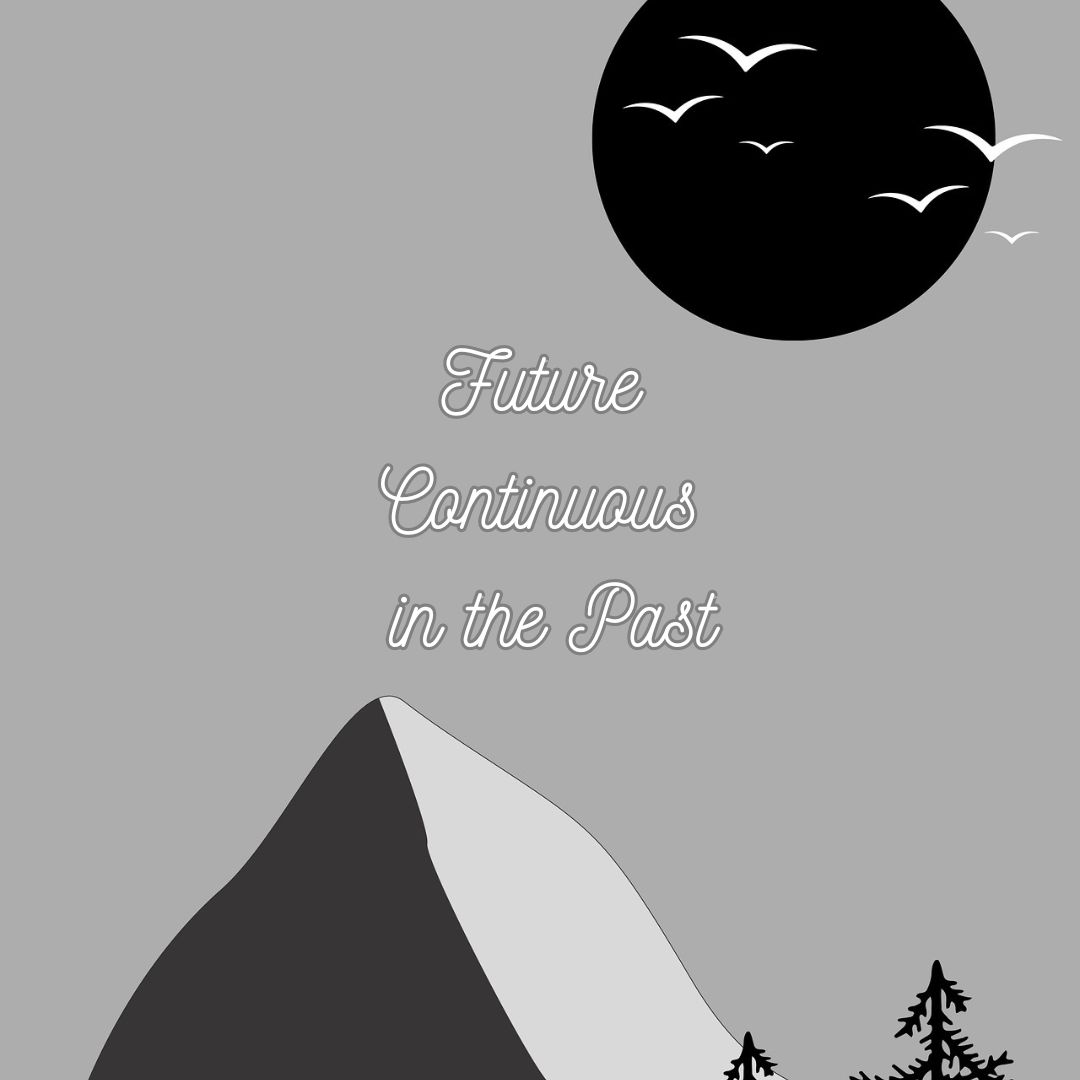The Future Continuous in the Past

The Future Continuous in the Past
(also known as the Future-in-the-Past Continuous) is used to describe an ongoing action that was expected to happen at a certain point in the past.
Affirmative:
Subject + would/wouldn’t + be + present participle (-ing)
Examples: He said he would be sleeping when I got home.
I knew she would be working on Saturday.
They promised they would be waiting for us at the restaurant.
Negative:
Subject + wouldn’t + be + present participle (-ing)
Examples: I knew he wouldn’t be studying at that time.
She said she wouldn’t be attending the meeting.
They promised they wouldn’t be using the car tonight.
Question:
Would + subject + be + present participle (-ing)
Examples: Would you be playing tennis this afternoon?
Would he be coming to the party later?
Would they be working late tonight?
Note that in all of these forms, would is used instead of will to indicate that the action is in the past.
Also note that this form of the Future Continuous in the Past is not commonly used in everyday conversation.
It is more often found in written or formal contexts.
| Form | Example |
| Affirmative | He said he would be sleeping when I got home. |
| Negative | I knew she wouldn’t be working on Saturday. |
| Question | Would he be coming to the party later? |
Usage:
The Future Continuous in the Past is used to describe an ongoing action that was expected to happen at a certain point in the past.
It is often used to express a future event that was expected or planned but did not actually happen.
For example, imagine that yesterday you had plans to meet a friend for lunch today, but your friend cancelled at the last minute. In this situation, you could use the future continuous in the past to describe what you had expected to happen:
Yesterday, I was looking forward to meeting my friend for lunch today. I knew she would be arriving at the restaurant around noon.
Adverbs for the Future Continuous in the Past:
The same adverbs that are used with the Future Continuous in the Present tense can also be used with the Future Continuous in the Past tense to describe the duration or timing of the action.
For example: Yesterday, I knew he would be studying all night for the exam.
I was certain she wouldn’t be attending the meeting at 3 p.m.
They promised they wouldn’t be using the car all day yesterday.
Note that the same rule applies to the adverbs used with the Future Continuous in the Present tense: they are typically adverbs of time or duration, such as tomorrow, all day, for hours, from 6 to 8, etc.
Click here The Future Continuous in the Past
Click here The Future Continuous tense
Click here The Past Continuous tense
Click here The Present Continuous tense
Click here The Future Indefinite in the Past
Click here The Future Indefinite tense ( the Future Simple)
Click here The Past Indefinite Tense ( The Past Simple)
Click here The Present Indefinite Tense (the Present Simple)